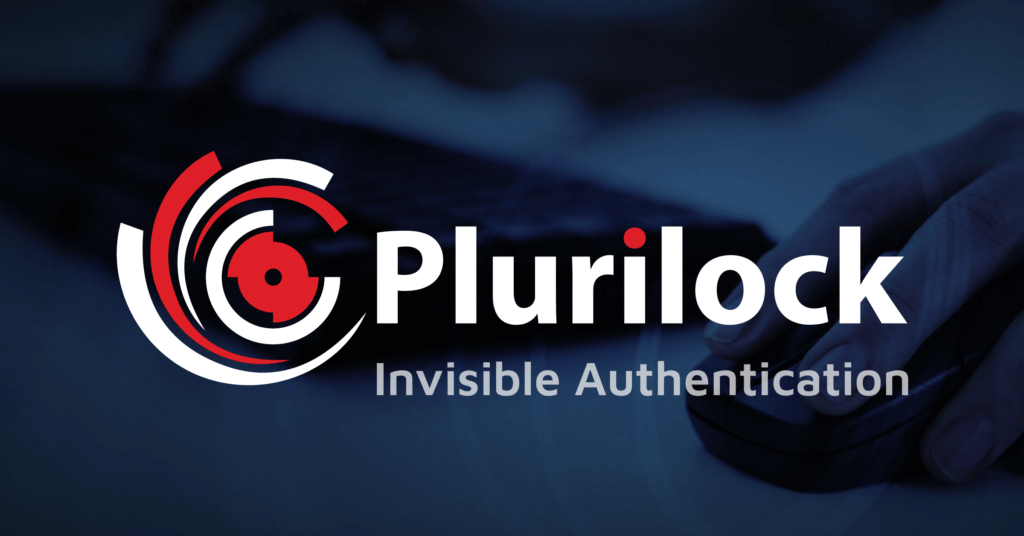What are the advantages of Plurilock’s continuous authentication solutions?

Continuous authentication eliminates the periods of “trust” between logins during which user identity is uncertain. Any form of authentication that requires user input, for example
Can a determined attacker capture and replay user activity to defeat Plurilock authentication?

Practically speaking, no. While in theory the capture and replay of user activity is possible, as a real-world task such an attack would be prohibitively
Is continuous authentication a type of multi-factor authentication (MFA) or is it something else entirely?

It’s complicated. Plurilock considers all of its products to be MFA solutions, as they enable the use several identity factors to confirm identity—some combination of
Is Plurilock accuracy affected when a user is injured, ill, or begins to use new keyboard or pointing hardware?

Yes. in each of these circumstances, behavior is likely to change, and as a result, Plurilock will refuse to confirm the user’s identity. Though each
How does Plurilock confirm user identities? How does it work?

Plurilock leverages a small amount of lightweight code to gather and analyze ambient, observable data about a user that is generated as they compute. As
Why is Plurilock’s MFA solution better a phone-based MFA solution like SMS OTP codes?

Plurilock authentication is invisible to users, more cost-effective, and more secure than MFA that is achieved using one-time codes delivered via SMS or authenticator apps.
Why is Plurilock’s MFA solution better than a token-based MFA solution like RSA or YubiKey?
Plurilock authentication is both invisible, more cost-effective, and more secure than MFA that is achieved using hardware tokens. Under ideal conditions, hardware tokens add an
Why is behavioral biometrics better than traditional biometric solutions like fingerprint scans?

Behavioral-biometric solutions are lower-friction, more difficult to fool, are more privacy-safe, and are capable of continuous authentication. While methods for defeating many traditional biometric solutions






